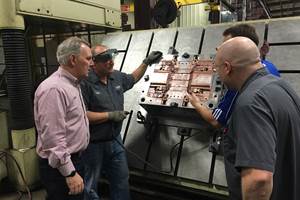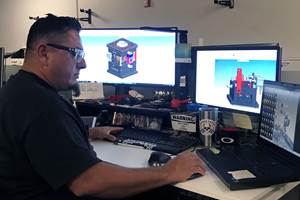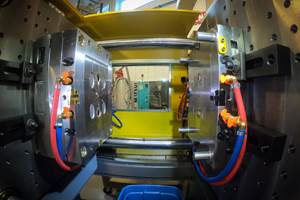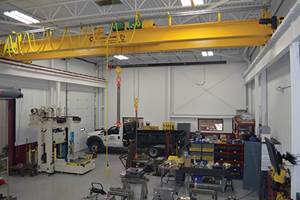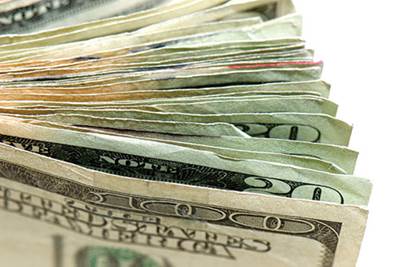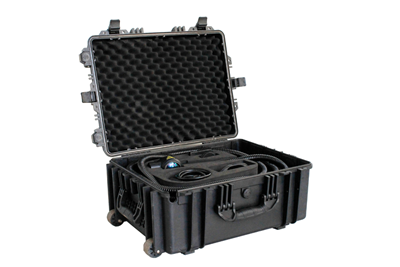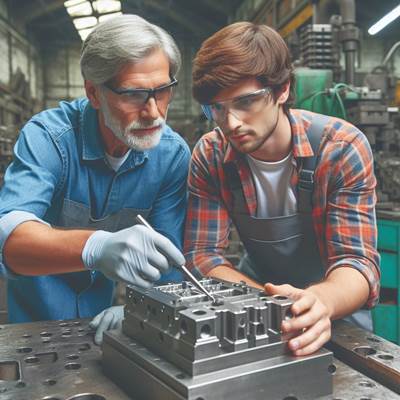New Property Regulations - Capitalization vs. Expense
Federal and state income tax compliance can be a burden for mold builders. The tax code and related guidance changes daily, creating both opportunities and exposure. This series aims to provide industry-specific guidance to help mold builders minimize these burdens within the letter of the law.
After nearly a decade of issuing a long series of proposed and temporary regulations, the IRS has published final regulations to guide taxpayers in how to treat expenditures related to tangible property for federal income tax purposes. Such property includes buildings, machinery, equipment and vehicles, as well as costs incurred to replace major components or substantial structural parts of a unit of property (UOP). These regulations also address costs that result in a UOP’s betterment, restoration or change in use.
The final regulations help clear up the confusion that has existed for many years with regard to whether taxpayers can expense and deduct repair and maintenance costs, or if they must capitalize these expenditures, meaning record them as assets rather than expenses. Property and costs that are expensed can generally be deducted in the year they are paid or incurred, but those that are capitalized must be capitalized and depreciated over a period of years. Therefore, expensing is usually preferred by most taxpayers. The following recommendations address the IRS regulations:
Separate repairs from improvements. Two sections of the IRS code distinguish “repairs” from “improvements” in determining whether taxpayers can expense and deduct tangible property expenditures, or must capitalize and depreciate them. Expenses allocated to acquiring, producing and improving tangible property must be capitalized and depreciated over the appropriate useful life, while those allocated to incidental repairs and maintenance can be expensed and deducted as paid or incurred.
The tangible property regulations help make this distinction by allowing a taxpayer to deduct routine maintenance costs, which are defined as recurring activities that are necessary to keep the property in “ordinarily efficient operating condition.” These activities—inspection, cleaning, testing and replacement of worn and damaged parts, for example—should be expected to be performed more than once during the property’s alternative depreciation system (ADS) life.
Incidental materials and supplies, such as machining center or fixture cleaning materials, can be deducted as soon as they are purchased. However, non-incidentals, such as machine components and wire EDM materials, may not be deducted until they are actually used or consumed. Rotable components (those that can be repeatedly restored to a working and serviceable condition), and temporary and standby emergency spare parts cannot be deducted until they are disposed.
Capitalize expenses. The repair regulations define acquiring, producing or improving tangible property as any activity that results in one of the following:
• Betterment of the property. It corrects a pre-existing defect or causes a material increase in capacity, productivity, efficiency, strength, quality or output.
• Restoration of the property. It returns a unit of property to an ordinarily efficient operating condition after it had deteriorated and was no longer functional.
• Adaptation of the property. It makes it possible to use the asset for a new or different purpose.
If an expenditure meets any one of these criteria, it cannot be expensed and deducted. Rather, it must be capitalized and depreciated over the life of the asset.
Here are three examples illustrating how these regulations might apply to mold building:
Example 1. Say the compressor unit in a commercial building’s HVAC unit has failed and needs to be replaced. While on the surface it may seem like this would be a repair that can be expensed and deducted, it would actually depend on the facts and circumstances. If the compressor unit was replaced with a more efficient unit, this would be considered a restoration or betterment and, therefore, the cost must be capitalized and depreciated.
Example 2. Assume the same facts as Example 1, except the mold builder has 10 rooftop units, two were replaced, and no work was performed on the others or on the controls. The cost of these replacements would be expensed, as they do not constitute a major component or substantial structural part of the building unit.
Example 3. Suppose key parts of a five-axis machine are damaged and need to be replaced. This would likely qualify as a repair that can be expensed and deducted during the year when the repair is made.
Coordinate with research expenditure regulations. Research expenditures, like repair and maintenance expenditures, may be deducted in the tax year in which they are paid or incurred. As part of this process, mold builders should consider whether the activities associated with internally developed machinery or fixturing meet the definition of research, and therefore escape the requirement for capitalization.
Act on these advisable actions. Review and update your depreciation schedules and calculations. Review your fixed asset files, and determine whether expenditures have been properly classified as a repair expense versus capital asset. Compare allowable depreciation to what has been previously reported on prior years’ tax returns.
These IRS regulations will likely have an impact on virtually every business, making it necessary to change how businesses account for repair and maintenance costs. Most will benefit from these required changes in their accounting method(s), and these changes will result in significant, new recordkeeping,
administrative and documentation requirements.
Related Content
OEE Monitoring System Addresses Root Cause of Machine Downtime
Unique sensor and patent-pending algorithm of the Amper machine analytics system measures current draw to quickly and inexpensively inform manufacturers which machines are down and why.
Read MoreMold Design Review: The Complete Checklist
Gerardo (Jerry) Miranda III, former global tooling manager for Oakley sunglasses, reshares his complete mold design checklist, an essential part of the product time and cost-to-market process.
Read MorePredictive Manufacturing Moves Mold Builder into Advanced Medical Component Manufacturing
From a hot rod hobby, medical molds and shop performance to technology extremes, key relationships and a growth strategy, it’s obvious details matter at Eden Tool.
Read MoreThe Trifecta of Competitive Toolmaking
Process, technology and people form the foundations of the business philosophy in place at Eifel Mold & Engineering.
Read MoreRead Next
New Regulatory Impacts
New guidelines from the U.S. Treasury may affect when moldmakers can claim the R&D tax credit.
Read MoreReasons to Use Fiber Lasers for Mold Cleaning
Fiber lasers offer a simplicity, speed, control and portability, minimizing mold cleaning risks.
Read MoreHow to Use Strategic Planning Tools, Data to Manage the Human Side of Business
Q&A with Marion Wells, MMT EAB member and founder of Human Asset Management.
Read More
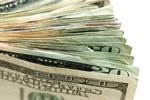
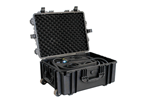

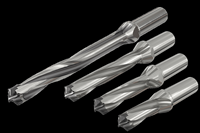
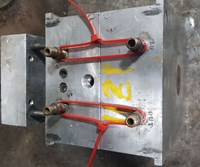
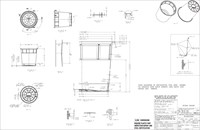
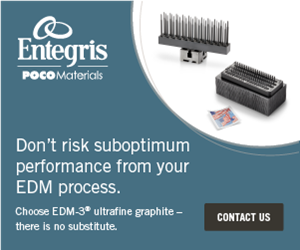

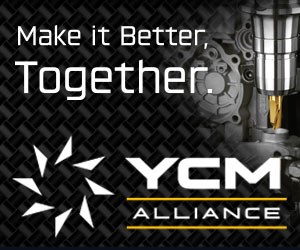
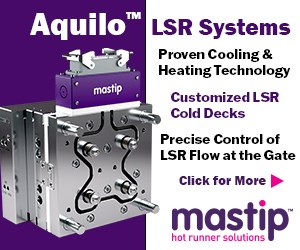
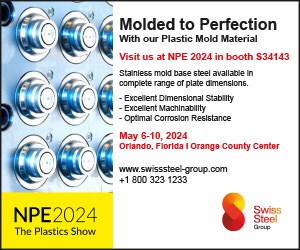
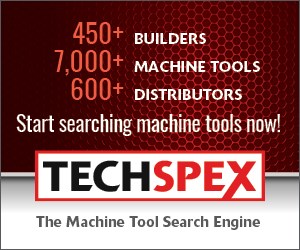
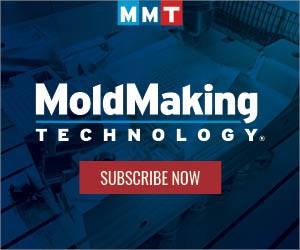
.jpg;maxWidth=300;quality=90)
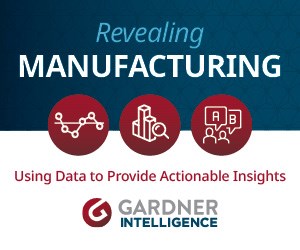
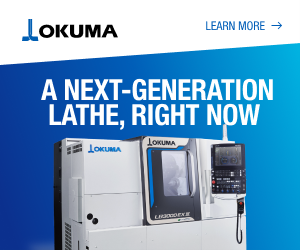
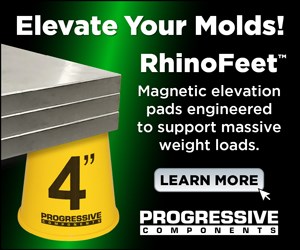
.png;maxWidth=300;quality=90)
